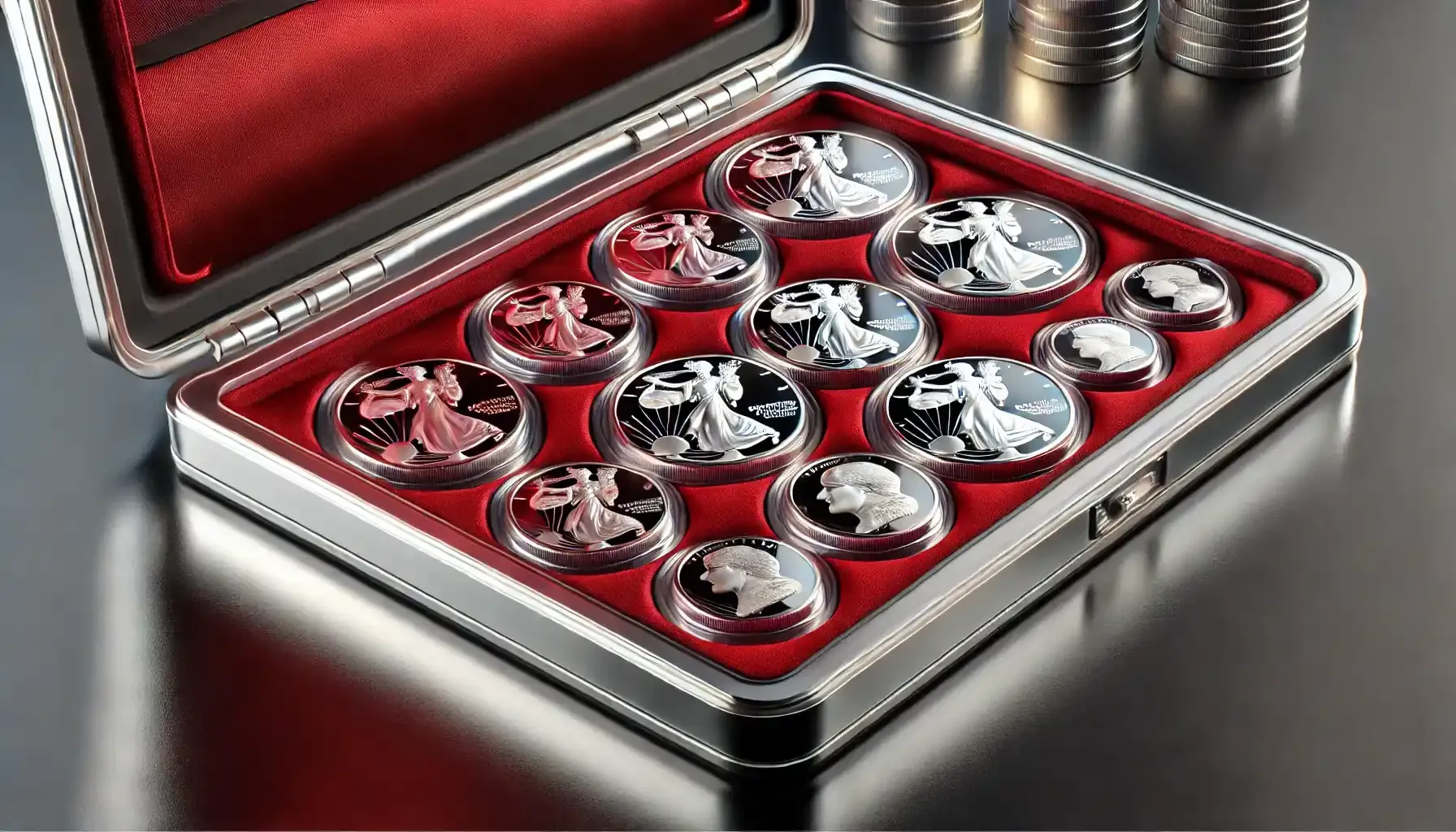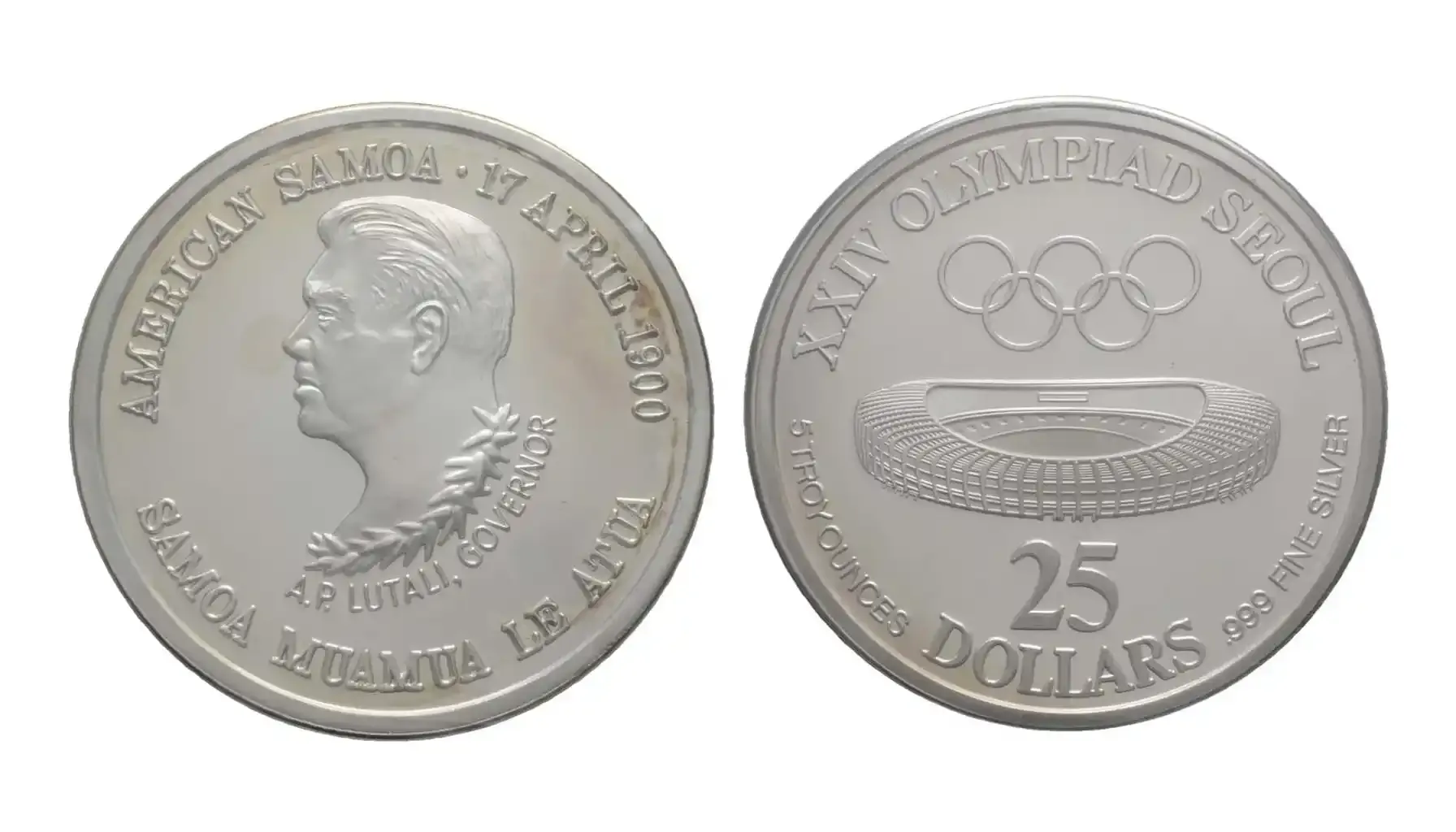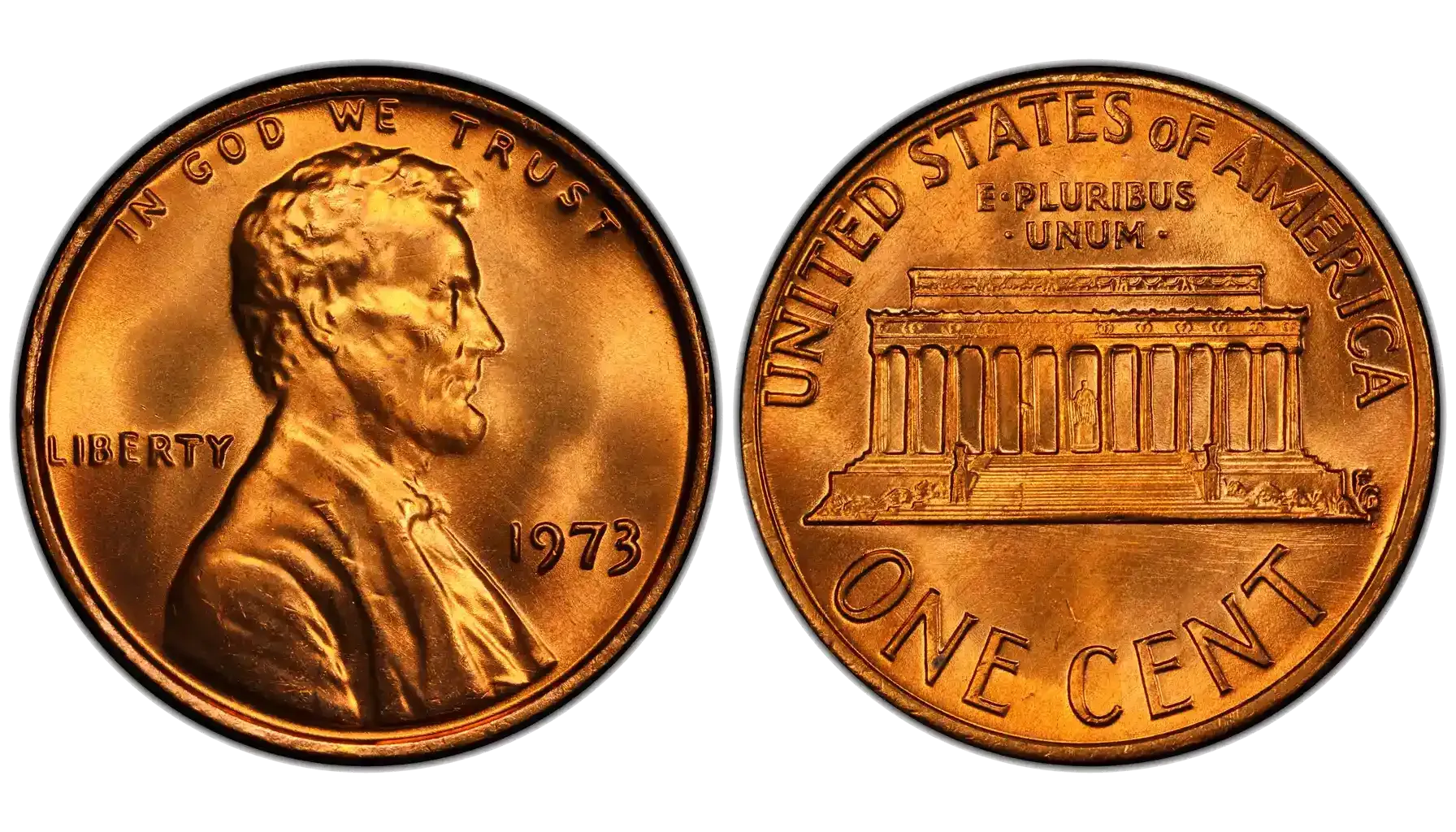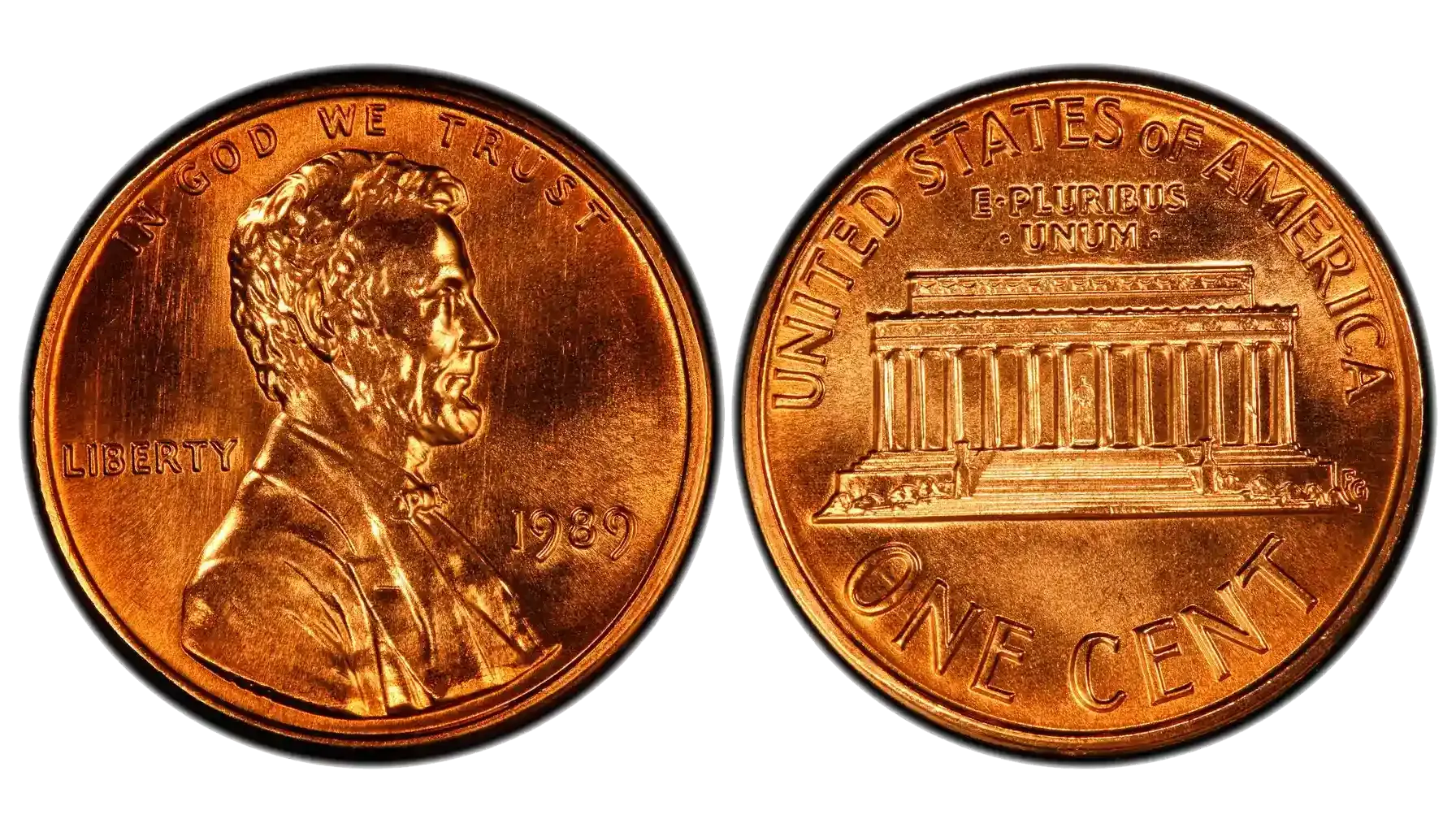Contents:
For people not directly involved in the numismatic field, all the coins are the same. Apart from being struck in different locations and program frameworks, these can differ in composition and the way they shine. One of the exceptionally developed and minted instances always refers to proof coins with their refined artistry and polished details.
But what exactly distinguishes proof coins from regular strikes? Understanding these differences is vital for one to start/complete a collection that shines (both literally and figuratively). So, what does proof coin mean? Let us discover the nature of these numismatic creations and learn how to identify these coins in the end.

What Is a Proof Coin?
Let us start with the basics, i.e., the proof coin meaning. A proof coin is a specially produced instance that is prized for its brilliant finish, remarkable detail, and outstanding quality. Proofs are usually created through a laborious procedure intended to showcase the artistry, in contrast to regular coins used for mundane tasks (=daily transactions).
Instead of being made for distribution, they are primarily produced for numismatists, who strive to obtain a unique and outstanding instance for their collections.
Highly polished dies, which are metal stamps used to imprint the coin's pattern, refer to the first step in creating a proof. The meticulously prepared blanks are struck several times under intense pressure, which is to result in frosted graphics, crisper details, and a mirror-like background. Even the tiniest design components seem clean and elegant thanks to the numerous strikes.
Proof coin sets often come in protective packaging, e.g., presentation cases, capsules, or slabs, to preserve their pristine condition. So as to further verify their legal status and quality, they might also come with authenticity certificates issued by numismatic authorities like PCGS or NGC.
What Is a Regular Coin?
A regular coin, sometimes referred to as a circulation strike, is a unit of currency made for continuous use (e.g., to pay for goods and services on a daily basis). Regular coins, as opposed to proofs, are produced with durability and efficiency in mind. Volumes and usefulness are the priorities, not aesthetic appeal.
As such, regular instances are produced via striking coin blanks just once, at high speed, with the use of conventional dies. In order to fulfill the demands of circulation, regular coins are manufactured in large quantities, and their dies are not polished to the same extent as proofs. As a result, fine design elements on regular strikes could not be as distinct or sharp as those on the proof ones.
The distribution mainly starts in banks, shops, businesses, and vending machines (these are the places where the greatest volumes of cash are going through). And therefore, these are more vulnerable to wear and damage, too. Collectibility is not a simple thing, indeed.
Key Differences Between Proof and Regular Coins
Regular and proof coins serve the same basic function (i.e., represent currency) but they are completely different in terms of production, appearance, and collectibility. Take 25 Dollars that were issued in commemoration of the XXIV Olympics. The details are exceptionally crafted and immaculate... Anyway, the main distinctions between these types are as follows:

Visual Side
Proof Coins: These can be identified by their frosted designs (also known as cameo contrast), mirror-like backgrounds, and crisp details. Each design element is exceptionally clear and distinct due to the excellent level of artistry and thoroughness.
Regular Strikes: These include less complicated components and a matte surface. Because of the wear on dies and the quick minting process required by law (if we can say so), their surfaces tend to be dull or only slightly reflective.
Try to compare these ones with rare 2020 quarters.
Minting Process
Proof Coins: The second aspect comes down to the production of proof instances, which are struck under high pressure with specially polished dies several times (typically two or more). Every component of the design will be clearly imprinted and the blanks are to be carefully prepared thanks to this method.
Regular Strikes: To increase production efficiency, regular coins are struck once at a fast pace with the use of standard dies. This method emphasizes the importance of quantity over quality, which often leads to minor flaws or vague details.
Purpose and Distribution
Proof Coins: These instances are made for commemorative sets, collectors, or limited editions and sold directly by mints in protective packaging not meant for distribution.
Regular Strikes: Made for daily use, regular coins are designed to withstand constant handling and circulation.
Packaging and Presentation
Proof Coins: So as to preserve their immaculate state, proofs are usually enclosed in special presentation boxes, protective cases, or capsules with a mint authenticity certificate attached to the packaging.
Regular Strikes: Casual numismatic creations do not come in separate containers. They are issued without any extra security in large quantities to be distributed no matter what.
Quickly About Proof Coin vs. Uncirculated Ones
One more question that haunts numismatists touches upon the differences between proof coins and uncirculated ones. Although they are both intended for collectors, proof and uncirculated creations are produced and finished differently. Proofs have crisp, frosted features and mirror-like surfaces because they are struck repeatedly with the use of polished dies.
Uncirculated coins, on their part, have a cleaner finish than the circulating ones since they are struck only once on carefully prepared blanks. Yet, they lack the great contrast and brilliance of proofs. Uncirculated instances do provide a more cost-effective choice for collectors who look for clean, though simpler, pieces at a reasonable price.
Check it out: 1999 Quarter Value.
How to Tell If a Coin is a Proof?
If you know what to look for, it is easy to identify a proof coin. The perfect surface, which should be devoid of any nicks, scratches, or dull spots that are common on ordinary coins, is another clue (apart from those key characteristics mentioned in the section before).

For quick and accurate identification, you can always refer to digital tools like Coin ID Scanner. This tool will help verify if your collection representative is proof, identify its type, and assess its potential value on the spot.



